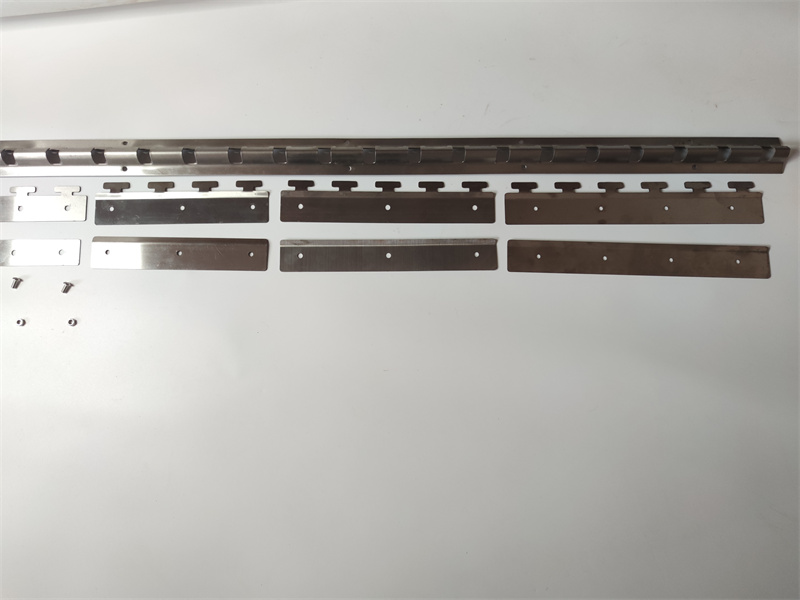- Afrikaans
- Albanian
- Amharic
- Arabic
- Armenian
- Azerbaijani
- Basque
- Belarusian
- Bengali
- Bosnian
- Bulgarian
- Catalan
- Cebuano
- Corsican
- Croatian
- Czech
- Danish
- Dutch
- English
- Esperanto
- Estonian
- Finnish
- French
- Frisian
- Galician
- Georgian
- German
- Greek
- Gujarati
- Haitian Creole
- hausa
- hawaiian
- Hebrew
- Hindi
- Miao
- Hungarian
- Icelandic
- igbo
- Indonesian
- irish
- Italian
- Japanese
- Javanese
- Kannada
- kazakh
- Khmer
- Rwandese
- Korean
- Kurdish
- Kyrgyz
- Lao
- Latin
- Latvian
- Lithuanian
- Luxembourgish
- Macedonian
- Malgashi
- Malay
- Malayalam
- Maltese
- Maori
- Marathi
- Mongolian
- Myanmar
- Nepali
- Norwegian
- Norwegian
- Occitan
- Pashto
- Persian
- Polish
- Portuguese
- Punjabi
- Romanian
- Russian
- Samoan
- Scottish Gaelic
- Serbian
- Sesotho
- Shona
- Sindhi
- Sinhala
- Slovak
- Slovenian
- Somali
- Spanish
- Sundanese
- Swahili
- Swedish
- Tagalog
- Tajik
- Tamil
- Tatar
- Telugu
- Thai
- Turkish
- Turkmen
- Ukrainian
- Urdu
- Uighur
- Uzbek
- Vietnamese
- Welsh
- Bantu
- Yiddish
- Yoruba
- Zulu
Choosing the Right Materials for Effective Freezer Curtains in Various Applications and Environments
Understanding Freezer Curtain Materials An Essential Component for Cold Storage Solutions
In today's food industry, maintaining the integrity of perishable goods is paramount. Whether in a supermarket, food processing facility, or cold storage warehouse, the need to create and sustain a consistently cold environment has given rise to various technological advancements. One effective solution is the use of freezer curtains. These specialized barriers, designed to minimize temperature fluctuations and enhance energy efficiency, are made from a variety of materials. Understanding the key attributes of freezer curtain materials can help businesses make informed decisions that bolster their operational efficiency and ensure product quality.
1. Types of Materials Used for Freezer Curtains
Freezer curtains are typically made from flexible materials that can withstand low temperatures while being durable enough to endure frequent interaction. The most common materials include vinyl, PVC, and polyethylene.
- Vinyl Heavyweight clear or colored vinyl is a popular choice for freezer curtains due to its strength and durability. It can resist cold temperatures, making it invaluable in freezing environments. Additionally, vinyl curtains are easy to clean and maintain, which is crucial in a food handling setting.
- Polyvinyl Chloride (PVC) This material is favored for its transparency, allowing visibility while providing an effective barrier against cold air. PVC curtains are often made to be flame-retardant and impact-resistant, ensuring that safety standards are met in various environments.
- Polyethylene Known for its lightweight properties, polyethylene is another option for freezer curtains. Although it may not be as durable as vinyl or PVC, it provides adequate insulation and is often used in areas with lower traffic or where cost is a significant consideration.
2. Advantages of Using Freezer Curtains
The benefits of using freezer curtains extend beyond simple temperature control. They serve multiple purposes that enhance overall operational effectiveness
- Energy Efficiency Freezer curtains help maintain cold air within a designated space, reducing the workload on refrigeration systems. By limiting the exchange of warm air, businesses can significantly lower energy costs.
freezer curtain material

- Hygiene and Safety In food storage areas, maintaining hygiene is crucial
. Freezer curtains provide a barrier that can help prevent contamination from external factors while also making it easier to access products without fully opening doors.- Traffic Management In busy facilities, freezer curtains allow for quick access without the need to open multiple doors. This can streamline traffic flow, improve efficiency, and reduce the amount of cold air escaping, thus maintaining an optimal environment for perishable goods.
3. Factors to Consider When Choosing Freezer Curtain Materials
When selecting materials for freezer curtains, several factors should be taken into account
- Temperature Range Understanding the specific temperature requirements for your storage area or application is essential. Not all materials are suited for extremely low temperatures, so the right selection ensures optimal performance.
- Traffic Volume If the area experiences heavy foot or vehicular traffic, choosing a more durable material like vinyl or PVC may be warranted to withstand wear and tear.
- Budget While it is important to consider the initial cost of installation, evaluating the long-term energy savings and durability can lead to better financial decisions.
- Aesthetic Considerations For retail environments, clear or colored curtains can be chosen to enhance the aesthetic appeal of the space while still providing functional benefits.
Conclusion
Selecting the appropriate freezer curtain material is fundamental in creating efficient, cold storage environments. By understanding the different types of materials available and their respective advantages, businesses can make educated choices that positively impact their operations. As the demands of the food industry continue to evolve, so too will the innovations surrounding storage solutions, ensuring the safety and quality of food products remain uncompromised.
-
Plastic Curtain for AC – Energy Saving & Easy Installation Perfect for Room and Freezer UseNewsJul.04,2025
-
Industrial Strip Curtains - Durable PVC & Plastic Solutions for Industrial DoorsNewsJun.24,2025
-
PVC Curtain Strip – Durable Standard PVC Strips for DoorsNewsJun.10,2025
-
PVC Strip Curtain – Durable & Transparent Plastic Strips for Industrial Use Affordable PricesNewsJun.10,2025
-
Clear Plastic Door Curtains Durable & Insulating VisibilityNewsJun.09,2025
-
Commercial Strip Curtains Energy Savings & Durability for Industrial UseNewsJun.09,2025



